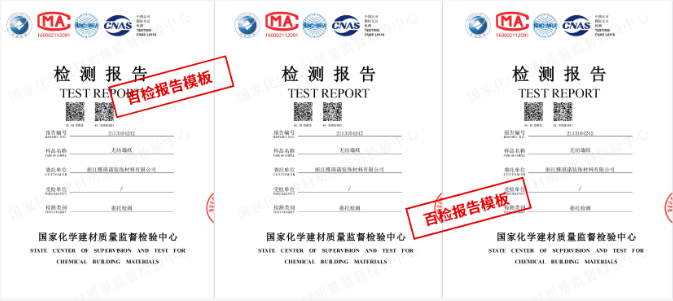
本文主要列举了关于棉籽油的相关检测仪器,检测仪器仅供参考,如果您想了解自己的样品需要哪些检测仪器,可以咨询我们。
1. Gas Chromatograph (GC):Gas chromatography is a technique used to separate and analyze compounds in a sample. It is commonly used in the analysis of oils like cottonseed oil to determine the composition of fatty acids present.
2. High Performance Liquid Chromatography (HPLC):HPLC is a method used for separating components in a mixture, including in oils like cottonseed oil. It can be utilized to identify and quantify various compounds in the sample.
3. Fourier Transform Infrared Spectroscopy (FTIR):FTIR is a technique that can be used to analyze the functional groups present in cottonseed oil, providing information about its molecular structure.
4. Nuclear Magnetic Resonance Spectroscopy (NMR):NMR spectroscopy can be employed to determine the composition and structure of compounds in cottonseed oil by analyzing the interaction of the sample with a strong magnetic field.
5. Mass Spectrometry (MS):Mass spectrometry is a powerful analytical technique that can be used to identify and quantify different compounds in cottonseed oil based on their mass-to-charge ratios.
6. Refractometer:A refractometer can be used to measure the refractive index of cottonseed oil, which can provide information about the purity and quality of the oil.
7. Karl Fischer Titration:Karl Fischer titration is a method used to determine the water content in cottonseed oil, which is crucial for assessing the oil's stability and quality.
8. Viscometer:A viscometer can be utilized to measure the viscosity of cottonseed oil, which can indicate the oil's consistency and purity.
9. Spectrophotometer:Spectrophotometry can be used to analyze the absorbance of light by cottonseed oil at different wavelengths, providing information about the presence of impurities or contaminants.
10. Densitometer:A densitometer can be used to measure the density of cottonseed oil, which can help in assessing its purity and concentration of different components.
检测流程步骤

温馨提示:以上内容仅供参考使用,更多检测需求请咨询客服。


